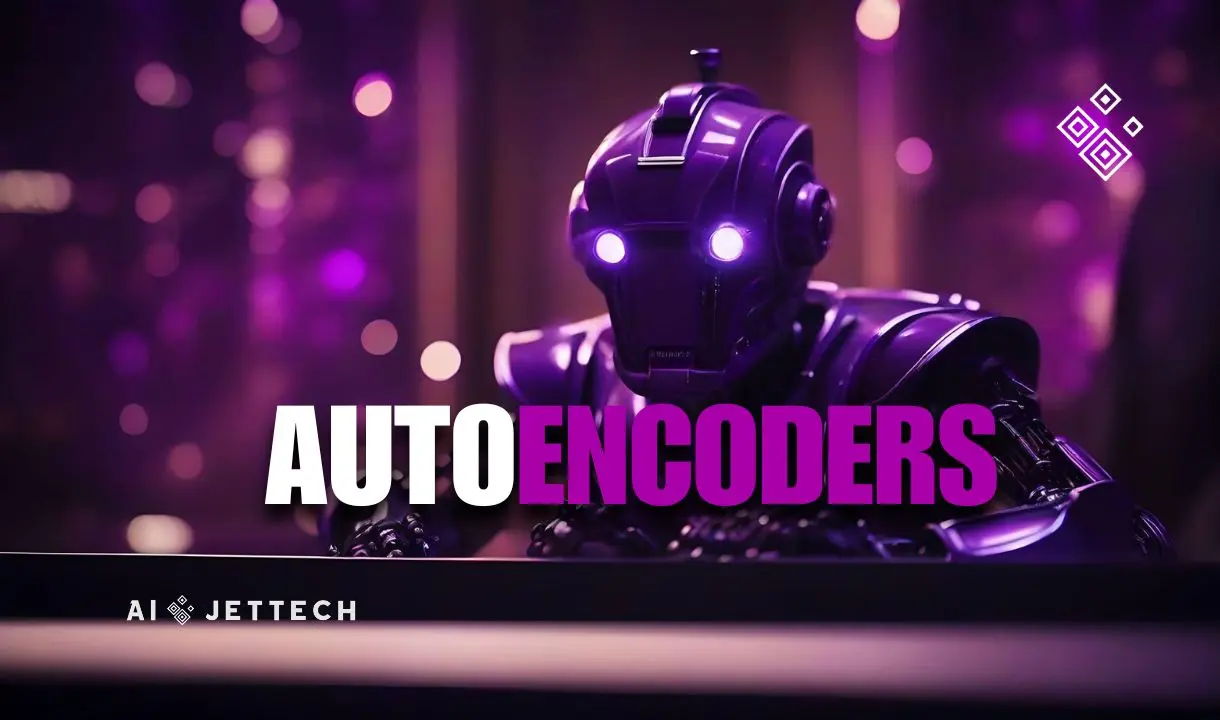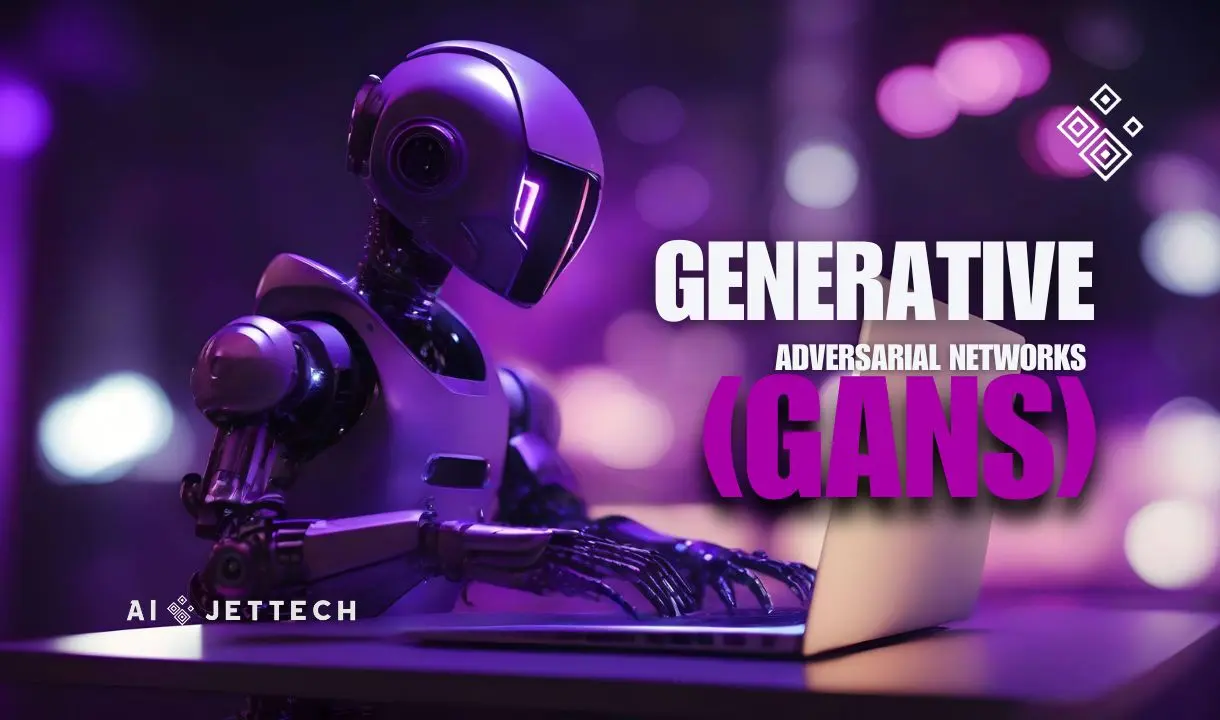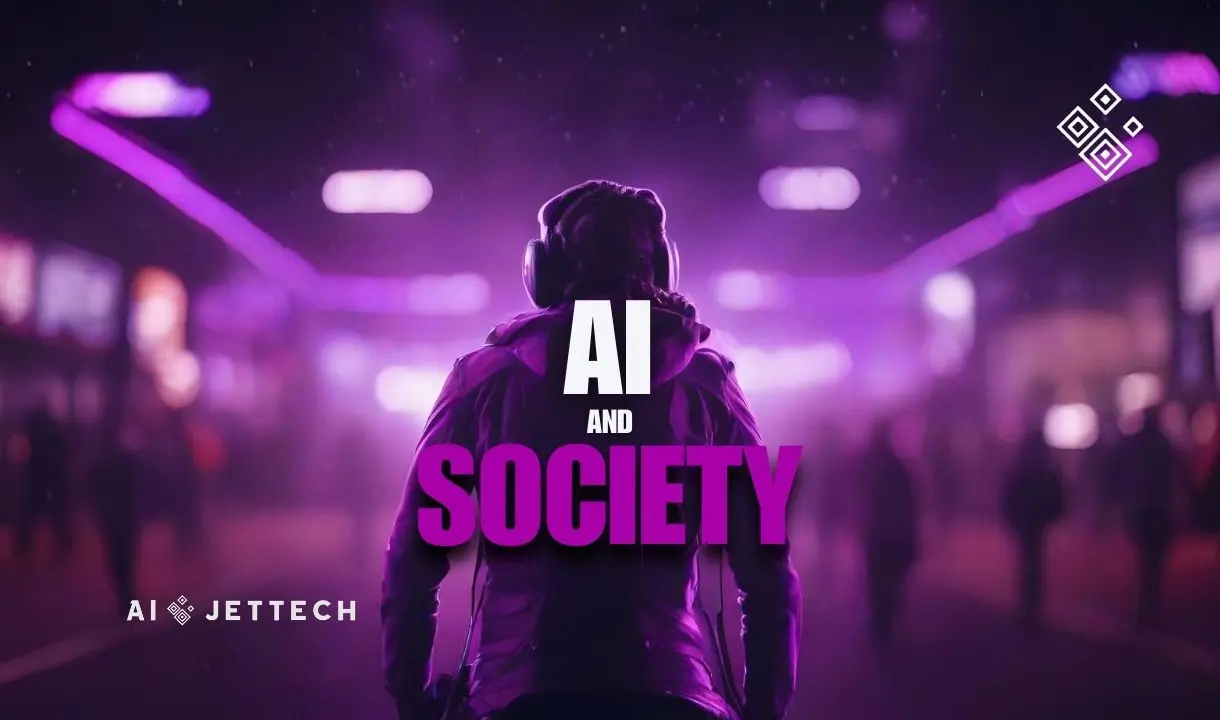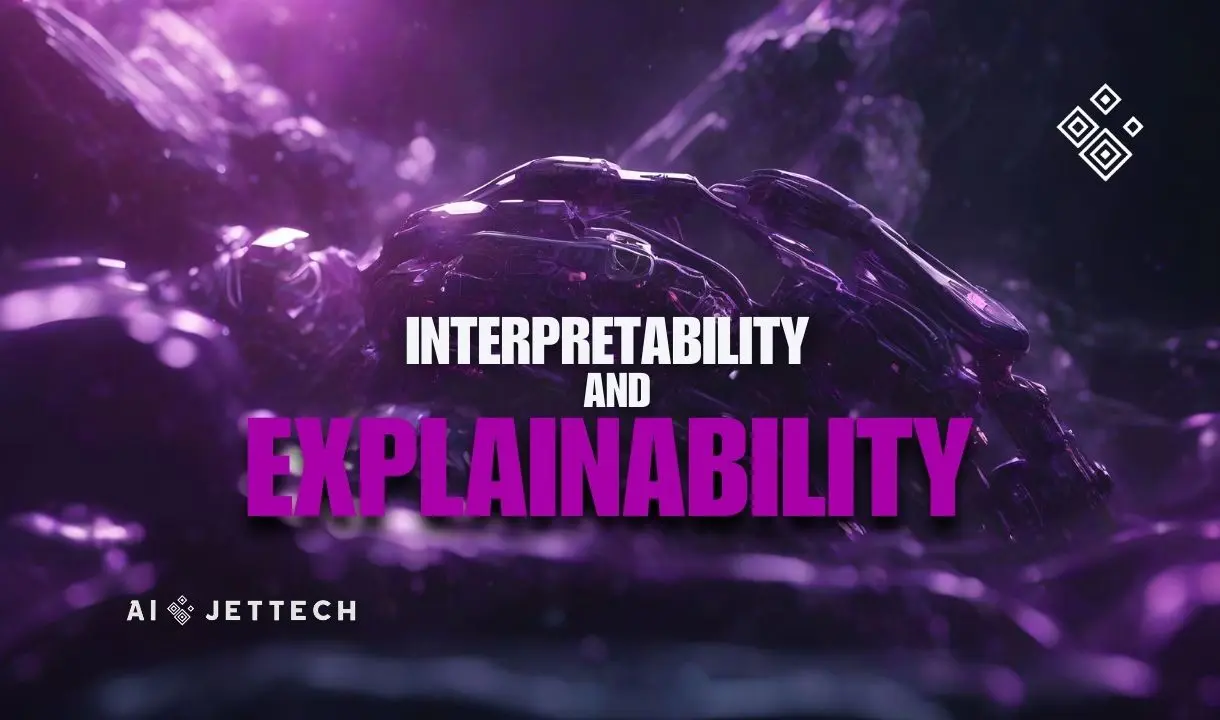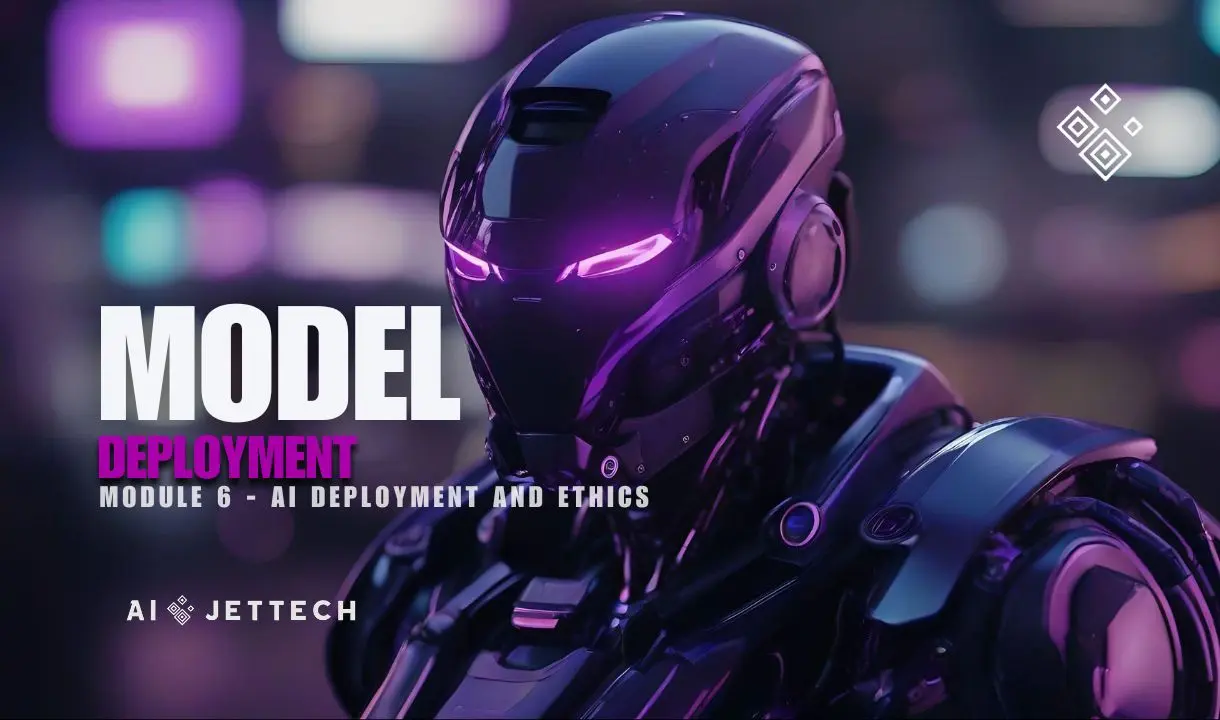
Transfer Learning in NLP
What is Transfer Learning? Transfer learning, a cornerstone in the realm of Natural Language Processing (NLP), transforms the way we approach language models. It’s akin to giving a new employee a comprehensive manual about your company’s operations, significantly shortening their learning curve. In NLP, this “manual” comes in the form of pre-trained language models which have already learned a vast amount of information about language from extensive datasets. Pre-trained Language Models: The Iceberg Beneath Imagine an iceberg, where what you see above the water is the specific NLP task at hand, but beneath the surface lies

